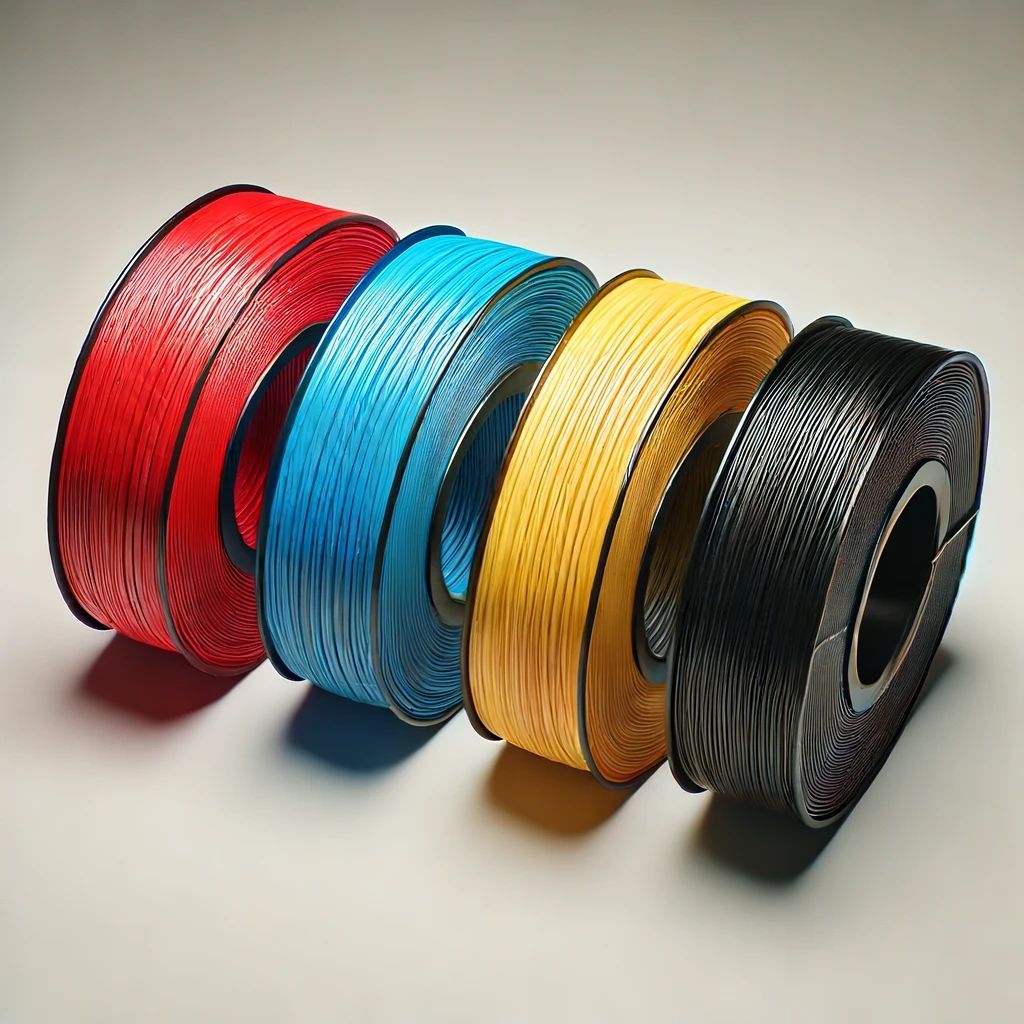How are 3D printing services impacting the medical field?
The Transformative Power of 3D Printing Services in the Medical Field

Technology continues to revolutionize industries across the globe, and the medical field is no exception. One of the most groundbreaking innovations in recent years is the emergence of 3D printing services.
This technology has shown tremendous potential in transforming healthcare by enabling the creation of personalized medical devices, prosthetics, tissue engineering, surgical tools, and more.
In this blog post, we will explore how 3D printing services are impacting the medical field, the benefits they bring, and the potential they hold for the future.
Personalized Medical Devices:
One of the significant advantages of 3D printing services is the ability to create personalized medical devices. Traditional manufacturing methods often rely on standard sizes and designs, which may not be suitable for every patient.
With 3D printing, healthcare professionals can now produce customized implants, prosthetics, and orthotics tailored to an individual's specific anatomy.
This level of personalization enhances patient comfort, reduces the risk of complications, and improves overall treatment outcomes.
Surgical Planning and Training:
3D printing services have revolutionized surgical planning and training processes. By creating patient-specific 3D models based on medical imaging data, surgeons can visualize and practice complex procedures before entering the operating room.
This preoperative planning reduces surgical risks, improves precision, and enhances patient safety.
Additionally, 3D-printed surgical models can be used for educational purposes, allowing medical students and residents to gain hands-on experience in a controlled environment.
Tissue Engineering and Organ Transplants:
One of the most promising applications of 3D printing services in the medical field is tissue engineering and organ transplantation. Researchers are actively exploring the possibility of using 3D bioprinting to create functional human tissues and organs.
By depositing layers of bioinks containing living cells, scientists can recreate complex tissue structures with high precision.
This technology has the potential to address the organ shortage crisis by producing patient-specific organs, reducing the risk of rejection, and eliminating the need for immunosuppressive drugs.

Pharmaceutical Advancements:
3D printing services have also found their way into the pharmaceutical industry. The ability to create customized drug formulations with precise dosages offers new opportunities for personalized medicine.
3D-printed pills can be tailored to individual patient needs, making medication administration more convenient and effective.
Furthermore, this technology allows for the production of complex drug delivery systems, such as implants or capsules with multiple compartments that release drugs at different rates.
Prosthetics and Assistive Devices:
Traditionally, prosthetics and assistive devices have been expensive and limited in customization options. However, 3D printing services have transformed the landscape by enabling the production of affordable, lightweight, and highly customizable prosthetics.
The flexibility of 3D printing allows for the rapid iteration of designs, ensuring a perfect fit and improved functionality.
Furthermore, these devices can be produced on-demand, reducing waiting times for patients and making assistive technology more accessible.
Conclusion:
The impact of 3D printing services on the medical field is nothing short of revolutionary. From personalized medical devices and surgical planning to tissue engineering and prosthetics, this technology is transforming patient care and improving treatment outcomes.
As 3D printing continues to advance, we can expect even more groundbreaking applications in the future, such as the creation of functional organs for transplantation.
The possibilities are endless.
To fully harness the potential of 3D printing services in the medical field, collaboration between healthcare professionals, researchers, and technology companies is essential.
Continued investment in research and development, regulatory framework establishment, and sharing of knowledge will drive innovation and ensure safe and effective integration of 3D printing into healthcare practices.
By embracing this transformative technology, we can revolutionize patient care, enhance surgical outcomes, and pave the way for a brighter future in medicine.
References:
- Chua CK, Yeong WY. Bioprinting: Principles and Applications. World Scientific Publishing Company; 2015.
- Ventola CL. Medical applications for 3D printing: current and projected uses. P&T. 2014;39(10):704-711.
- Murphy SV, Atala A. 3D bioprinting of tissues and organs. Nat Biotechnol. 2014;32(8):773-785.
- Walczak D, Głodek J, Lamacz M, et al. 3D printing in the pharmaceutical and medical applications – recent achievements and challenges. Pharm Res. 2021;38(9):1783-1799.












